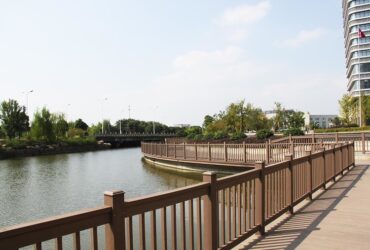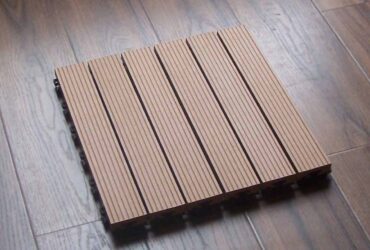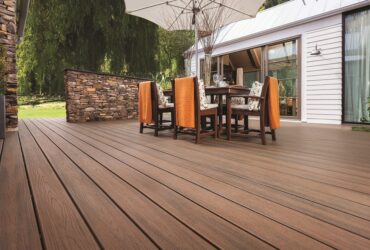Surface Properties of Wood Powder and Interfacial Properties of Wood-plastic Composites
The interfacial properties of composite materials play a key role in material process design and material performance. There are many factors that influence the performance of the wood-plastic composite interface, among which the surface properties of wood powder and the formation conditions of the wood-plastic composite interface are two important aspects.
Wood flour surface properties
The surface properties of wood powder have a great influence on the formation and strength of wood-plastic composite interface. In the development process of high-strength wood-plastic composite materials, improving the surface properties of wood powder to increase the overall strength of wood-plastic composite materials is one of the important measures.The research content of wood flour surface properties mainly includes the following aspects:The chemical properties and main functional groups of wood flour surface, the surface free energy of wood flour and its wettability, the surface geometry of wood flour, such as the surface roughness and rough shape of wood flour, the different component forms of wood flour, etc.
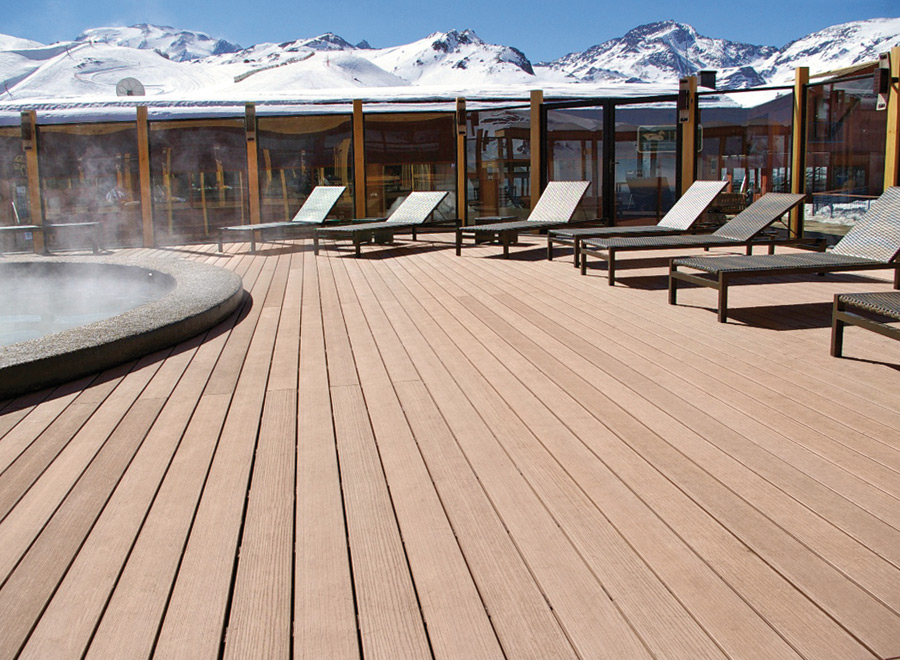
Interface properties of wood-plastic composites
In the wood-plastic system, wood fibers and plastic polymers do not form a uniform and stable system like a solution. When the content of plastic polymer is large, the plastic polymer is the continuous phase and the wood fiber is the dispersed phase; when the content of wood fiber is large, the wood fiber is the continuous phase and the plastic polymer is the dispersed phase. In short, there is an obvious phase interface between the two. Compared with the bulk strength of wood fibers and plastic polymers, the properties of the phase interface are more susceptible to factors such as operating conditions. Therefore, the phase interface between wood fiber and plastic polymer determines the overall performance of wood-plastic composite materials.
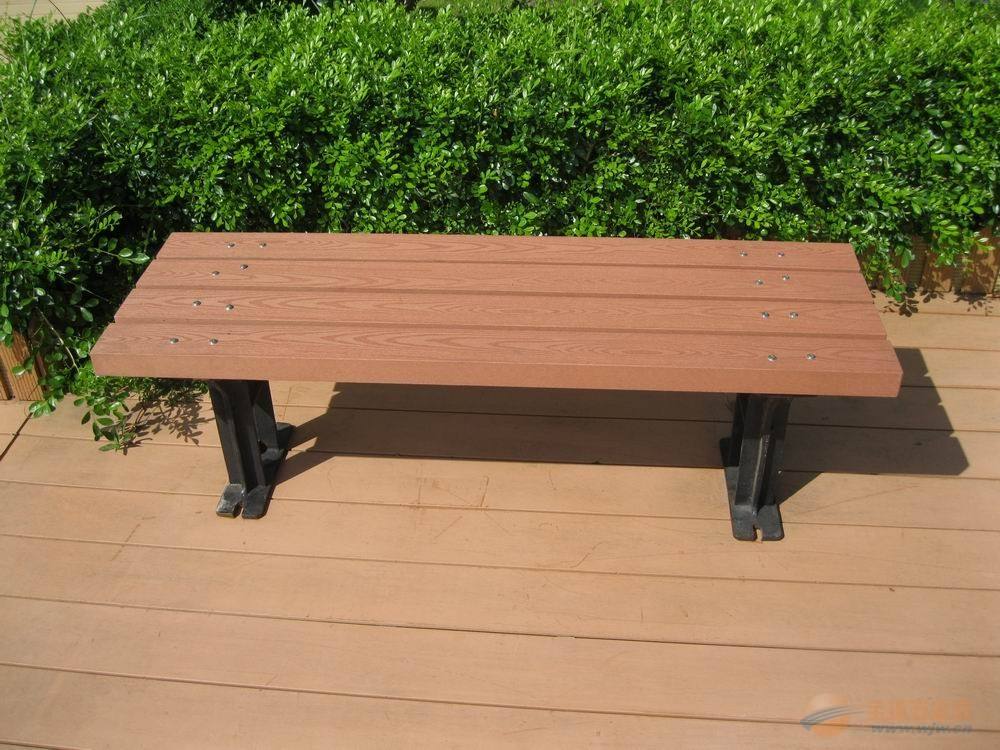
The wood flour-plastic composite interface is a layer in the composite material, which includes wood flour fiber, plastic and the mutual penetration zone of this layer. The physical and mechanical properties of this layer are neither those of wood flour nor those of plastic. The importance of the interface lies in its dominant role in the mechanical properties of composite materials. Taking wood-plastic composite materials as an example, when the material is subjected to tensile external force, different failure modes reflect the balance of interface shear strength and fiber strength. In the same cross-section, the rupture of fiber bundles generally indicates stronger interfacial adhesion.The pulling out of part of the wood fiber and the detachment of the interface between the wood fiber and the plastic indicate that there is a moderate interface strength between the wood fiber and the plastic.The cracking of wood fibers and the complete detachment of the wood fiber-plastic interface indicate the existence of a weak interface between the wood fibers and plastic.Weak layers, voids, thermal stresses and Poisson's ratio at the interface layer all adversely affect composite strength.
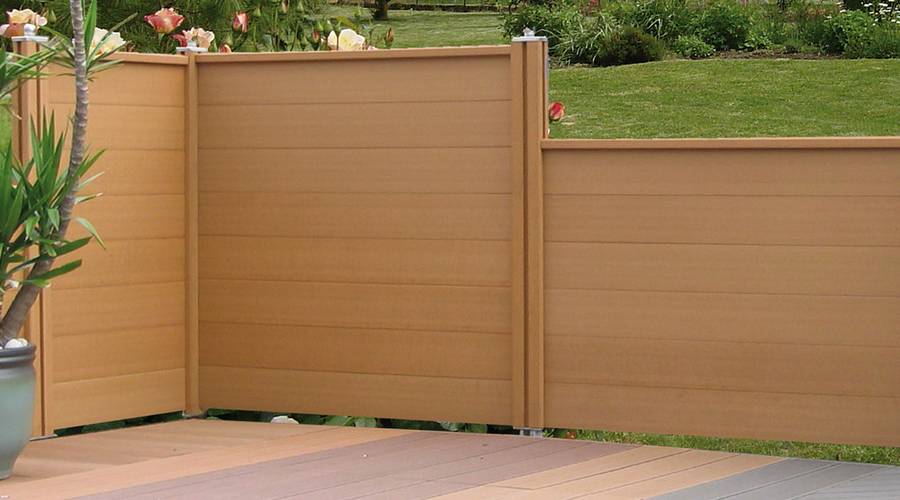
Generally speaking, the structure of the interface zone has a profound impact on the mechanical strength and environmental durability of composite materials. Interfacial shear strength is a key value for evaluating interface properties. In short, in the research of wood-plastic composite materials, interface characteristics are the key to controlling the strength of composite materials. The high-strength interface allows stress transfer between the wood fibers and the plastic. On the contrary, if the interface strength is weak, interface fracture and delamination will occur when the composite material is subjected to external force. If there is a poor interface between the wood fiber and the plastic, the stress cannot be transferred in the material, which will reduce the strength properties, fracture resistance and impact resistance of the composite material. Therefore, a thorough understanding of the interface properties between wood fiber and plastic is very necessary to obtain high-performance wood-plastic composite materials.

